Identifying Asbestos in a Home
Millions of homes have asbestos materials: the question is – does your home ?
A great many of older homes in the US have asbestos materials in them, which is generally not a major concern if the asbestos is not damaged or disturbed. Acoustical ceiling materials, often referred to as “Pop-corn” or “Cottage Cheese” ceilings is common in many of these older homes. Asbestos was banned in many products after 1977-1978, however, there may be some homes that were built in the early 1980’s that have it. Asbestos may even be found in Transite water heater flues, old flooring materials and in some roofing materials.
One of the first steps when asbestos is of a concern is to know for sure if there is asbestos. You generally cannot tell by looking, so testing is required to know for sure.
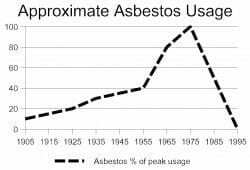
Easy to test for and inexpensive
Not all homes that were built during these periods of time have asbestos material in the ducting or popcorn ceilings. When this is of concern, there are companies that will come out and take samples for testing, or one can save money, by taking a few samples themselves and send to a lab for testing. Instructions for this, can usually be found on the Federal government’s EPA website.
One of the more common materials found in older homes ( 1940s through 1970s ) is asbestos, which under some circumstances may be a health concern. Historically 93% of health issues relating to asbestos actually came from other sources, such as industrial production plants, not areas in the home.

EPA Government Information
The Federal Government / EPA, Environmental Protection Agency, states that asbestos containing materials that are not damaged or disturbed are not likely to pose a health risk. Usually the best thing to do is leave asbestos-containing materials alone if they are in good condition and undisturbed.
“Even if asbestos is in your home, this is usually NOT a serious problem. The mere presence of asbestos in a home or a building is not hazardous. The danger is that asbestos materials may become damaged over time. Damaged asbestos may release asbestos fibers and become a health hazard.”
1950s and 1970s
Asbestos Insulation materials were common from 1930 to 1950. Asbestos in popcorn or textured ceilings materials was basically stopped around 1977 and in hair blow dryers in the 1980s.
Common areas for asbestos materials in older homes
Flat roofing materials and occasionally in shingles; old vinyl floor tile, some forms of old linoleum, glue holding down floor tiles to concrete or wood, some attic insulation, and HVAC ducting.
Avoid drilling, sanding or disturbing asbestos materials
It is not wise to disturb materials containing asbestos, so as to prevent the small fibers from becoming airborne. Basically, asbestos is not hazardous when undisturbed, not damaged or encapsulated.
Removal
Removal of asbestos materials normally should be done by a company or individual that is familiar and licensed to remove this type of material. Not only should they be familiar with how to remove the material, but in how to properly dispose of it as well. Good sources for this type of information may include the EPA, or the local State, County or city health or building department. A homeowner or buyer general should not do this on his own unless he understands removal procedures and safety requirements. (Read more on removal, governmental requirements and recommendations)
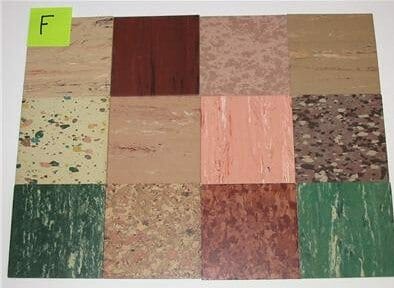
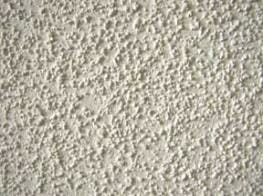
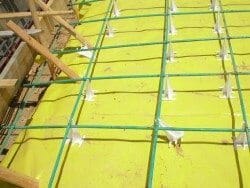

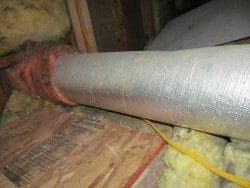
How can I know if my apartment suite has asbastos in it’s popcorn ceiling ? Would the City Hall of my Municipality have
this information?
Looks like I did it incorrectly. I scraped 2 small bedrooms using a mask. But let the mask down at times. I have one room to complete and will do it according to tests etc. Am I in any danger from what I have done?